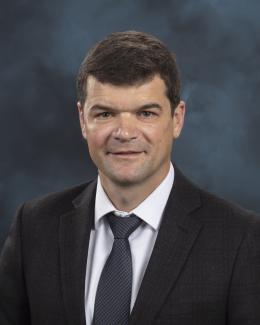Abstract
Antiferroelectric (AFE) materials, in which alternating dipole moments cancel out to a zero net macroscopic polarization, can be used for high-density energy storage and memory applications. The AFE phase can exist in bulk CuInP2Se6, CuBiP2S6, and a few other transition-metal thiophosphates below 200 K. The required low temperature poses challenges for practical applications. In this work, we report the coexistence of ferrielectric (FE) states and a stable surface phase that does not show piezoelectric response (“zero-response phase”) in bulk CuInP2S6 at room temperature. Using piezoresponse force microscopy (PFM) tomographic imaging together with density functional theory, we find that direct and alternating voltages can locally and stably convert FE to zero-response phases and vice versa. While PFM loops show pinched hystereses reminiscent of antiferroelectricity, PFM tomography reveals that the zero-response areas form only on top of the FE phase in which the polarization vector is pointing up. Theoretical calculations suggest that the zero-response phase may correspond to AFE ordering where stacked CuInP2S6 layers have alternating polarization orientations thereby leading to a net-zero polarization. Consistent with experimental findings, theory predicts that the FE polarization pointing down is robust up to the top surface, whereas FE polarization pointing up energetically favors the formation of an AFE surface layer, whose thickness is likely to be sensitive to local strains. AFE order is likely to be more robust against detrimental size effects than polar order, therefore providing additional opportunities to create multifunctional heterostructures with 2D electronic materials.



